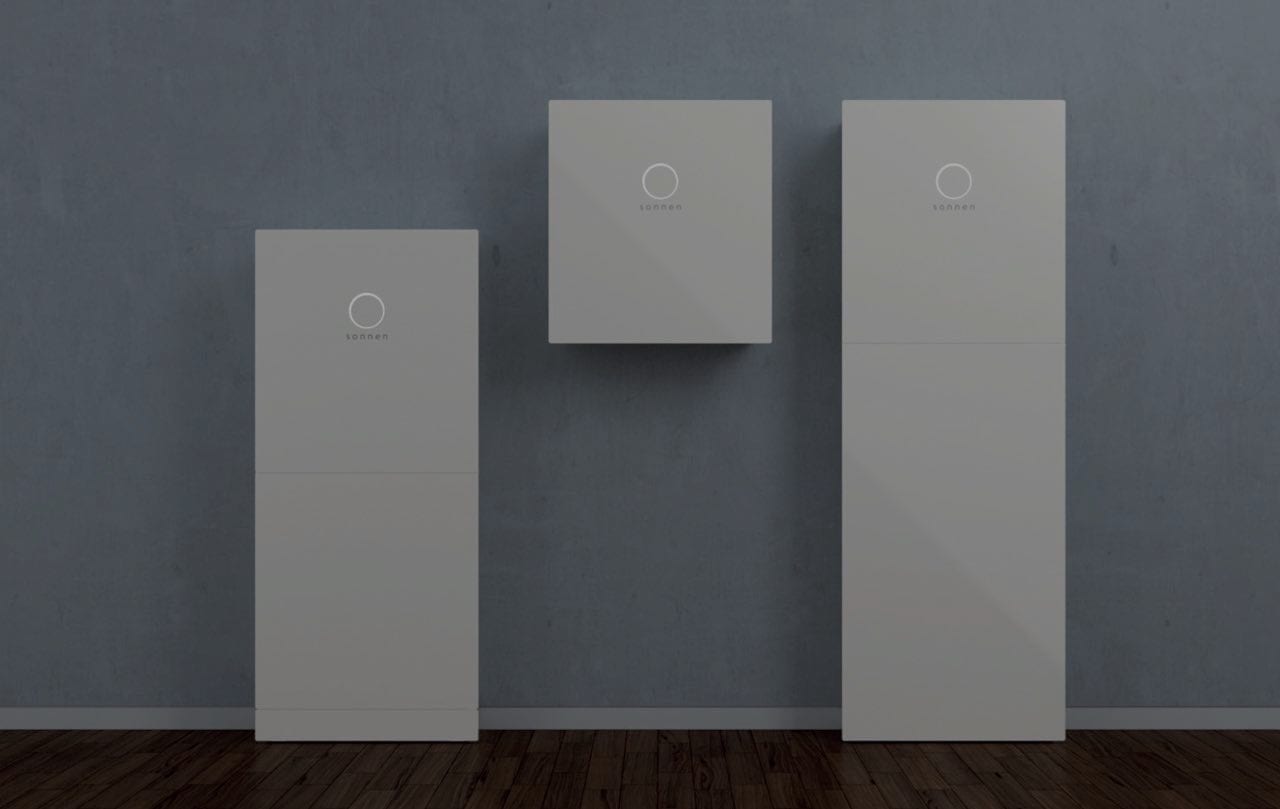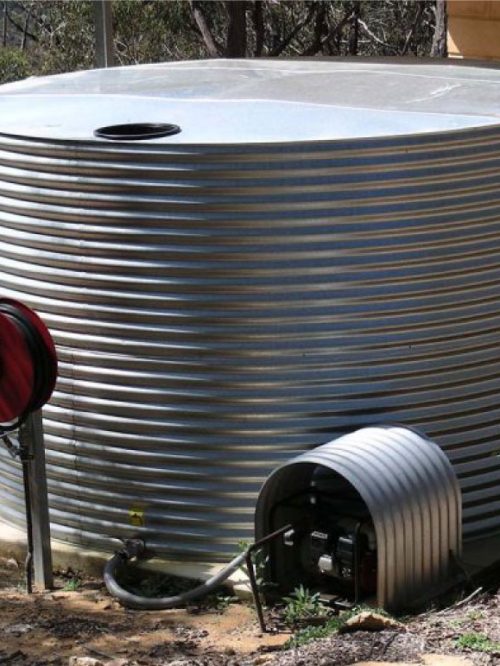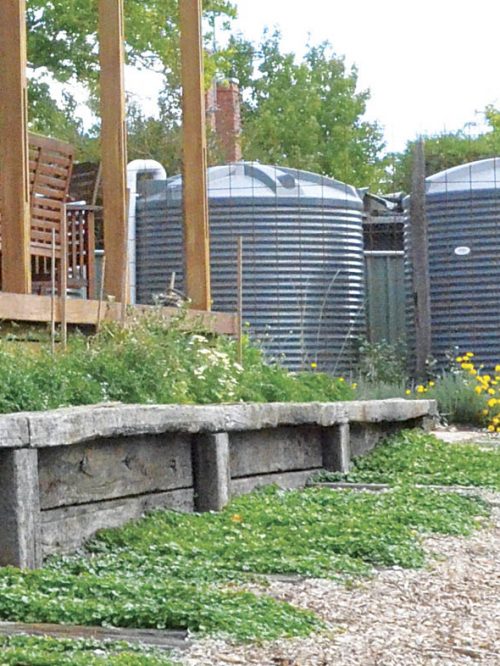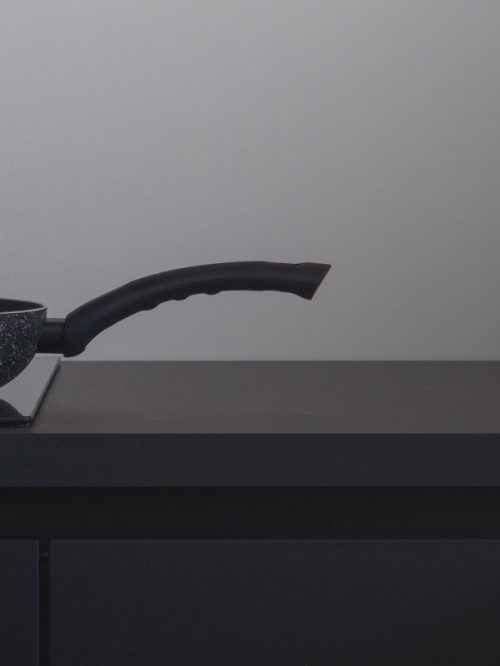It makes sense to consider renewable energy systems in a new house design, even if the system is to be installed down the track.
A broad, sunny roof is a real asset, and a north-facing roof generates the most electricity over the whole year. A west-facing roof will give less electricity overall, but its generation is particularly valuable as it occurs during the late afternoon and evening when electricity consumption is high and tariffs may be expensive. East-facing roofs can also be suitable as they generate during the typical morning consumption.
Batteries for hybrid systems are just starting to settle on standard sizes and shapes such as the wide, thin, wall-mounted battery and the fridge-sized unit. Some are modular and can be expanded later by adding more battery modules. Renew magazine’s Energy Storage Buyers Guide covers the wide variety of capacities and designs available today.
Ideally a new house should provide a storage space for a fridge-sized battery, for example a storage alcove accessed from the garage. Alternatively you might consider increasing the width of the garage by say 300mm to accommodate a wall-mounted battery and associated equipment.
You’ll need to check the manufacturer’s installation guidelines as to where to position the batteries. Some batteries are weatherproof for outdoor installation, while others are not. Intense heat will shorten most battery’s lifespan. This means that unshaded west-facing walls are less than ideal, as are uninsulated, dark-coloured garages exposed to summer sun.
WATCH
Solar/Battery Kinglake West House is powered by 12kW REC solar panels and a 20kWh BYD battery, with a mix of both AC and DC coupled panels. This video details the house and the off-grid setup, made by the homeowner as part of Sustainable House Day 2020.
Off-grid set–ups
An off-grid energy system may seem like the ideal set-up for remote properties in bushfire-prone areas, as it allows for independence from the grid in an emergency or a black-out. While this might be the case, it is important to consider bushfire risk when planning the system.
The best option for an off-grid home is generally to house the off-grid system in a shed, supplying the nearby house with standard 230V AC electricity via a buried cable. Few batteries are suitable for location beneath a house, especially in bushfire or flood-prone areas. The shed can also house a water pump, and most rural off-grid homes will want a shed anyway for tools and equipment. It’s a good idea to keep the battery cool, as temperature extremes tend to reduce their lifespan.
Something else to consider is reduced array output from bushfire smoke, which is likely to occur during a time of higher and important consumption for lights, pumps and communications. If you are in a fire-prone area then you might want to upsize the array somewhat to allow for this, or include a reliable backup genset in the system.
If you’re building a new off-grid home consider optimising the solar panel tilt for maximum winter output.
WATCH
Off Grid Contemporary Rural Farmhouse in Tambo Crossing in Victoria is powered by 10kW solar PV system. This video details the house and the off-grid setup, made by the homeowner as part of Sustainable House Day 2020.













